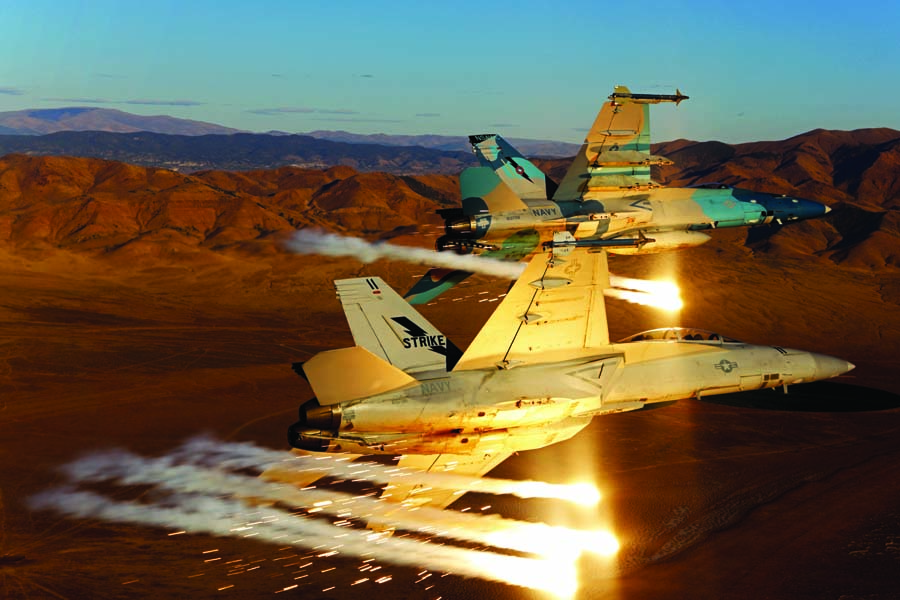Back
Rhino II – The U.S. Navy’s F/A-18E/F Super Hornet

In the past, when someone within the aviation world heard the nickname “Rhino,” it meant you were discussing the robust, stalwart, and tenacious F-4 Phantom II. With the demise of the tired and old-technology, third-generation Phantoms that sunsetted years ago, the Mach 1.6-capable 7.5-G-rated F/A-18E/F Super Hornet has since adopted the unofficial “Rhino” nickname. The older F/A-18A-D Hornets (which first flew in 1978) are now called “Legacy Hornets.” They have older technology, less range, and...
PARDON THE INTERRUPTION
Purchase Options
membership

All the stories featured in Flight Journal are as unique and varied as the airplanes and warriors who flew them. From popular warbirds like the P-51 Mustang and Me 109 to the Lockheed SR-71 and futuristic hypersonic fighters, we cover the whole spectrum of aviation. We’ve heard from countless readers over the years about how much they enjoy the compelling stories and beautiful photography.
